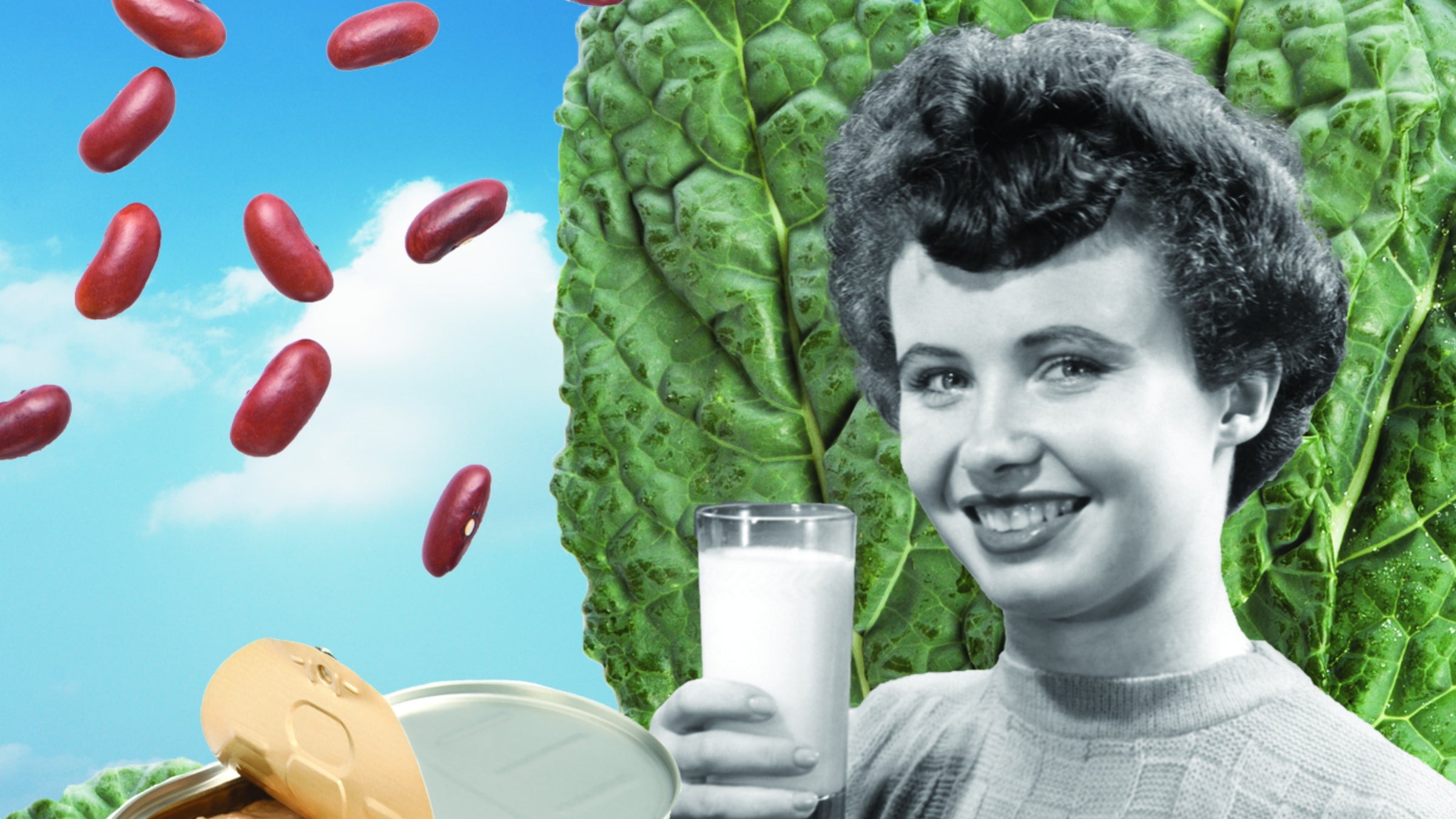What Nutrition Should Look Like for an Active Teenager

(Photo: Erin Douglas)
As teenagers, girls’ bodies are changing fast. Besides the outward signs of puberty, they’re building bone and muscle at a rapid rate. In fact, you amass about half the strength of your skeleton during this decade. All this requires considerable energy and healthy teen nutrition.
Unfortunately, this goes hand-in-hand with rising social pressure to shrink and restrict. Perceptions about limiting carbs stand in direct opposition to runners’ needs, registered dietician Michelle Barrack says. Misinformed coaches, falsely equating lighter weights with faster times, may overlook warning signs of low energy availability.
In a new study in the Journal of the American College of Nutrition, Barrack and her colleagues studied food logs from 72 high school cross-country runners, 60 of them female. A startling 60 percent of the girls, compared to 30 percent of the boys, met criteria for low energy availability. Many also fell short of the recommended amounts of carbs, calcium, vitamin D, potassium, fruit, vegetables, and grains.
Young athletes can refill their tanks, and doing so comes with a big upside for girls in particular. The changes that accompany puberty can temporarily alter performances, leaving many girls frustrated. Some even drop out of running altogether, feeling like they don’t belong anymore, says Lydia Nader, sports dietitian with the Illinois Bone & Joint Institute.
But the more they tend to their nutritional needs, the better they’ll fare. “We can teach the younger generation how much their nutrition can play a role in that change of their bodies, and that it’s not a negative thing—it’s something we can use to our advantage,” Nader says. “If they understand that and feel empowered, it can make such a big difference with [girls] staying in sports.”
Tips for Good Teen Nutrition
Embrace Carbs
No runner should fear this vital macronutrient, which your body converts into the muscle fuel known as glycogen. But social pressures and packed schedules place teens at high risk for falling short. Distance runners typically need about 6 to 10 grams of carbs per kilogram of body weight—as much as 400 to 600 grams per day total—for moderate to high-intensity training, says Michelle Barrack, registered dietitian. Getting enough also wards off mental fatigue, allowing young runners to perform better in school as well as on the track or race course.
Recover Right
Starting a practice or run well-fueled means athletes can train—and, eventually, compete—to their potential (and maintain a better mood while doing so). And eating afterward seals the deal, jump-starting the recovery process. Aim for a mix of carbs to replenish the body’s glycogen stores and protein to start repairing and rebuilding muscle.
Hydrate
Runners need more fluids than most, given how much we sweat. Establish healthy habits early by aiming for half of body weight in fluid ounces of water per day, sports dietitian Lydia Nader recommends. Swap in a serving or two of an electrolyte-enhanced beverage daily. Minerals like potassium and sodium improve fluid absorption and ward off muscle cramps.
Bone Up
Tween and teen girls need more of the bone-building mineral calcium than any other age group—1,300 milligrams per day. That’s about three to five cups of dairy foods or equivalent calcium-rich choices, such as kale and fortified juices, each day, Sakiko Minagawa says, a registered dietitian for the division of sports medicine at Nationwide Children’s Hospital in Dublin, Ohio. If your gut can tolerate it, dairy offers an advantage: It contains branched chain amino acids such as leucine, which enhances muscle rebuilding and repair. (Other good sources of leucine include eggs, chicken breast, and tuna, Barrack says.)
RELATED: